Adults and kids alike can get excited and eager to get cooking in the kitchen, but it is important that both parents and children practice safe food handling and kitchen habits in order to have fun cooking and stay safe doing it. Read our top 8 kitchen safety tips for happy and healthy cooking.
1. Wash your hands frequently.
Keeping your hands clean is very important to avoid cross-contamination in foods. As a rule of thumb, wash your hands before and after cooking, and after handling raw meats. To wash your hands properly, run them under warm water and scrub them with hand soap for at least 20 seconds, and rinse thoroughly.
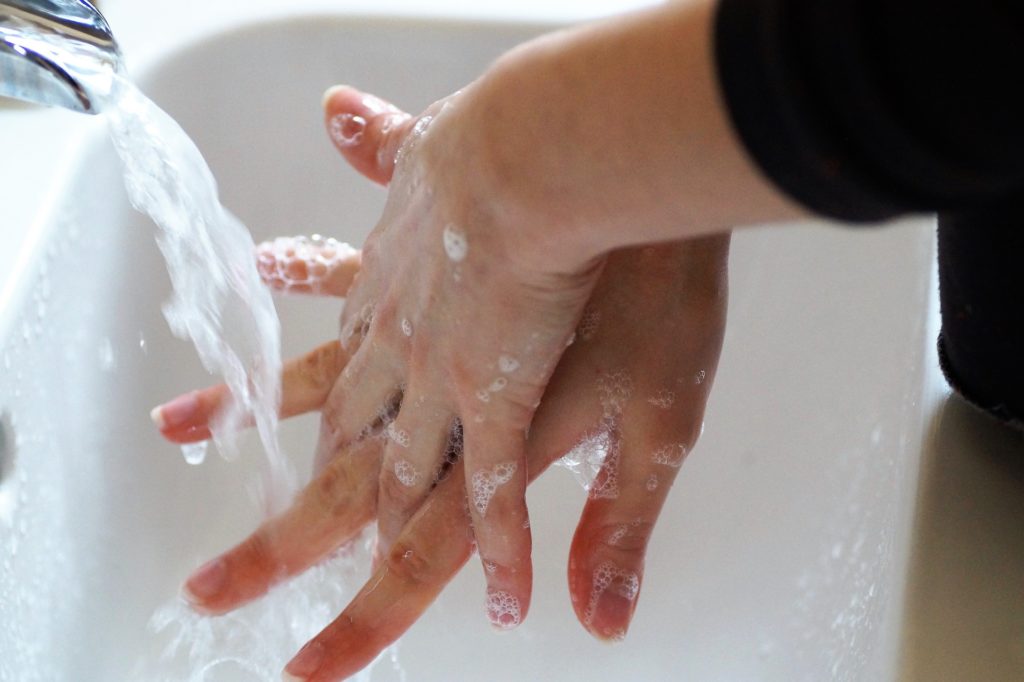
2. Keep surfaces clean.
Bacteria and pesticides from raw food such as meats and vegetables can linger on surfaces that they touch. Cleaning countertops, sinks, and door handles with an all-purpose or antibacterial cleaner will clean these surfaces to help keep your family safe.
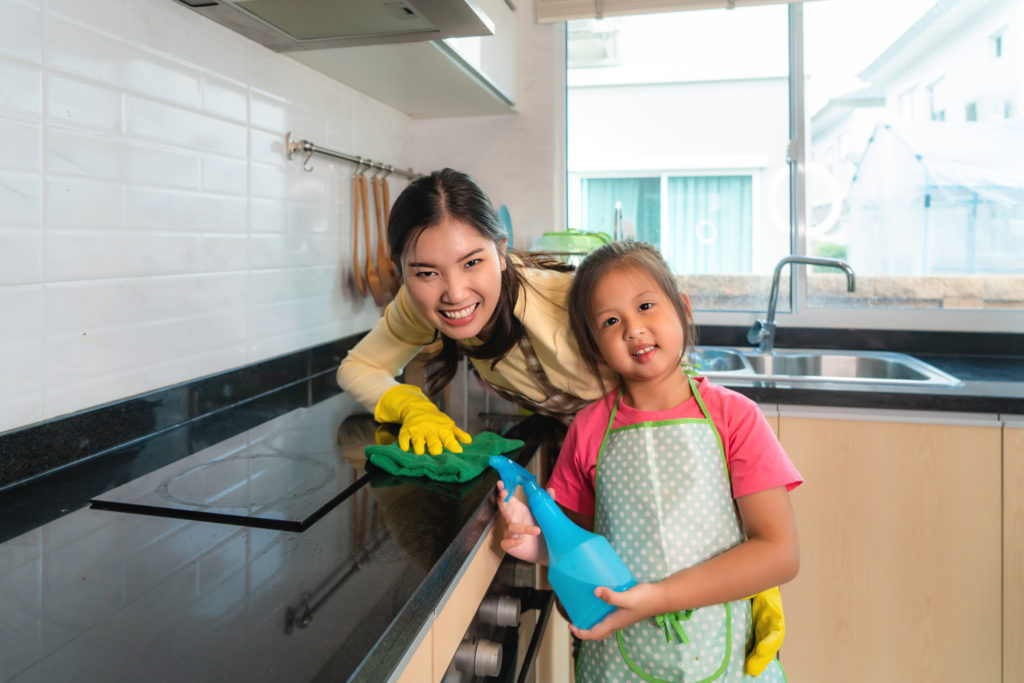
3. Use a different cutting board for different food items.
To avoid cross-contamination, use a different cutting board for meats, fruits, and vegetables. Use one cutting board for raw meats like beef, chicken, and fish. The other cutting board should be used for fruits and vegetables. Read more about the different types of cutting boards and the best ones for each type of ingredient here.
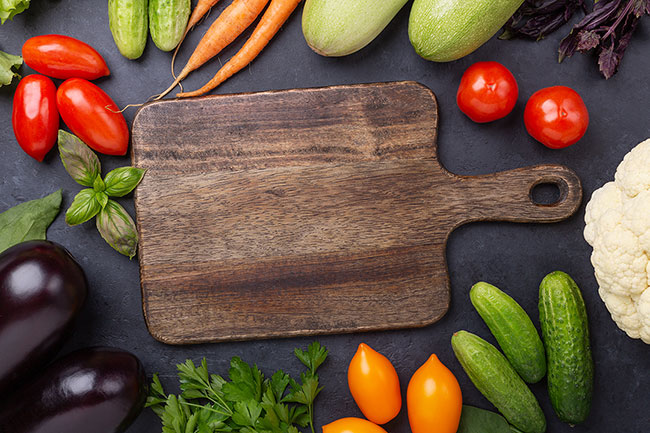
4. Wash your produce.
In order to prevent diseases, control pests on crops, and increase crop size, many farmers often use pesticides, hormones, and other chemicals to keep the fruits or vegetables. Before preparing fruits or vegetables, make sure to wash them thoroughly. With firmer vegetables like jicama and carrots, use a produce brush to scrub off any dirt. Read more about how to properly wash fruits and vegetables here.
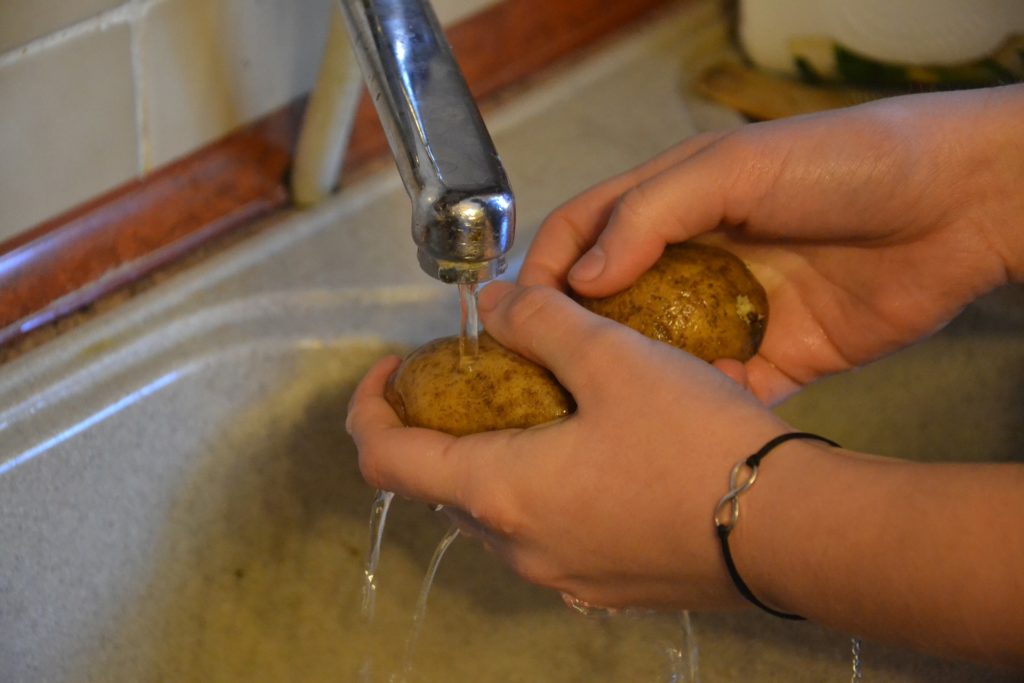
5. Cook meat thoroughly.
Raw meats such as beef, pork, chicken, and seafood, all have a specific temperature that they need to reach in order to be safe to eat. If meat is undercooked, there is a higher risk of spreading food-borne illnesses such as salmonella or E Coli. Using a meat thermometer, pierce your meat until you reach the center, and cook it until it reaches a safe temperature. Follow the guide below for the minimum temperature of some common meats, or visit this FoodSafety.gov resource for more information.
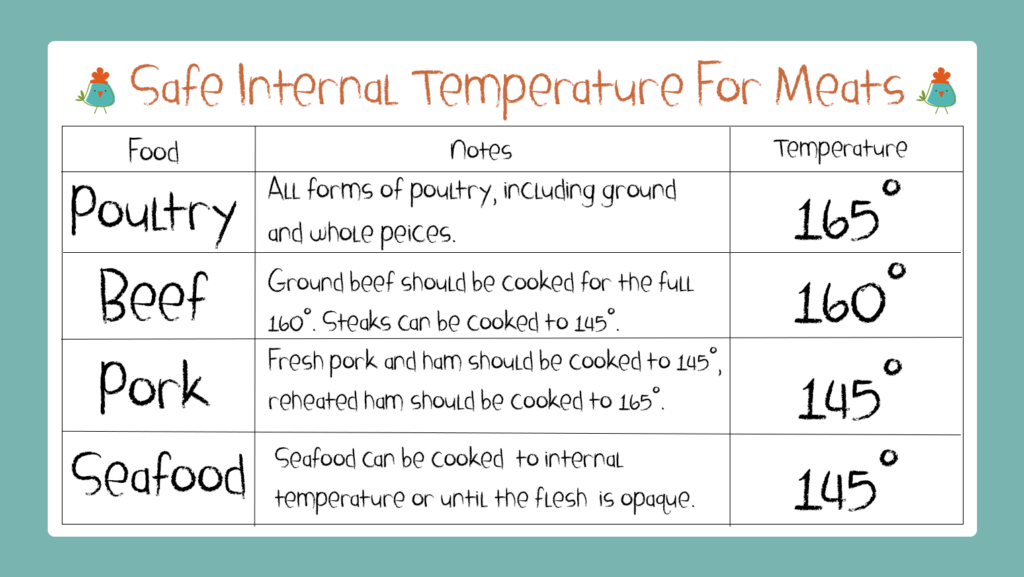
6. Practice knife skills.
Kitchen Knives can be an intimidating kitchen tool for children, so help them practice by cutting into soft foods with a table knife to practice proper grip and technique. Knives should be held by gripping the handle and pinching the top of the knife between your thumb and index fingers. Your free hand should be used to guide the food being cut towards the knife.
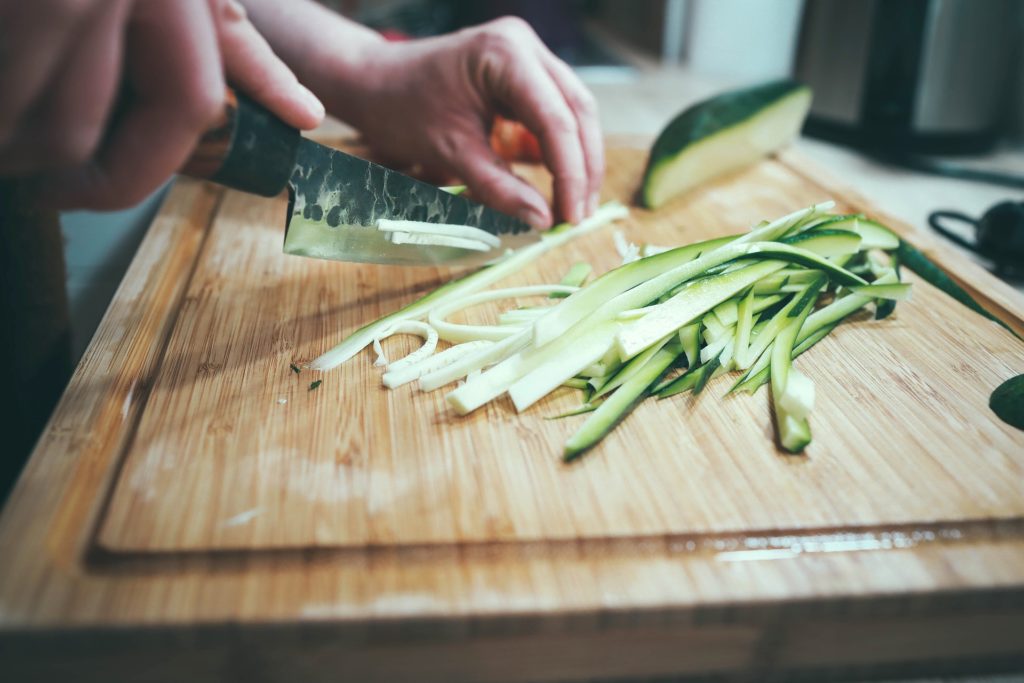
7. Turn off all appliances when exiting the kitchen.
After cooking, make sure that all electrical appliances like the oven, toaster oven, stove, and more are turned off. This reduces the risk of an electrical fire and it reduces the waste of gas and electricity.
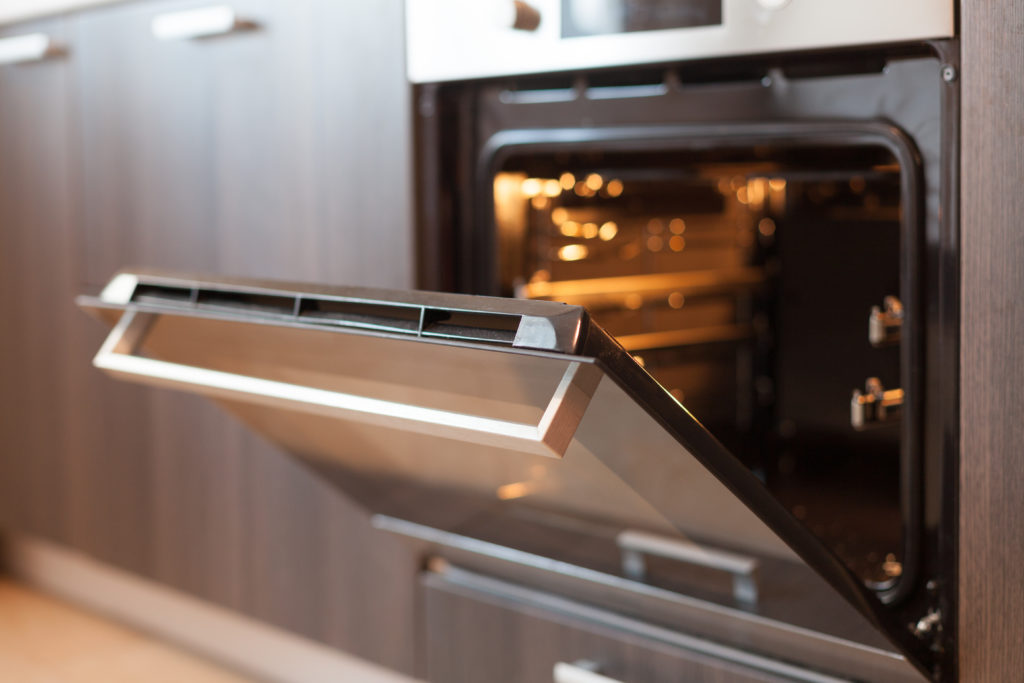
8. Keep electrical appliances away from water.
When water comes in contact with the electrical socket, you can get electrocuted and harm yourself. When using electrical appliances like a hand blender, electric mixer, or toaster, make sure to have dry hands when plugging the appliance into and out of the electrical outlet. Ideally, keep these types of appliances away from the sink and other forms of water.
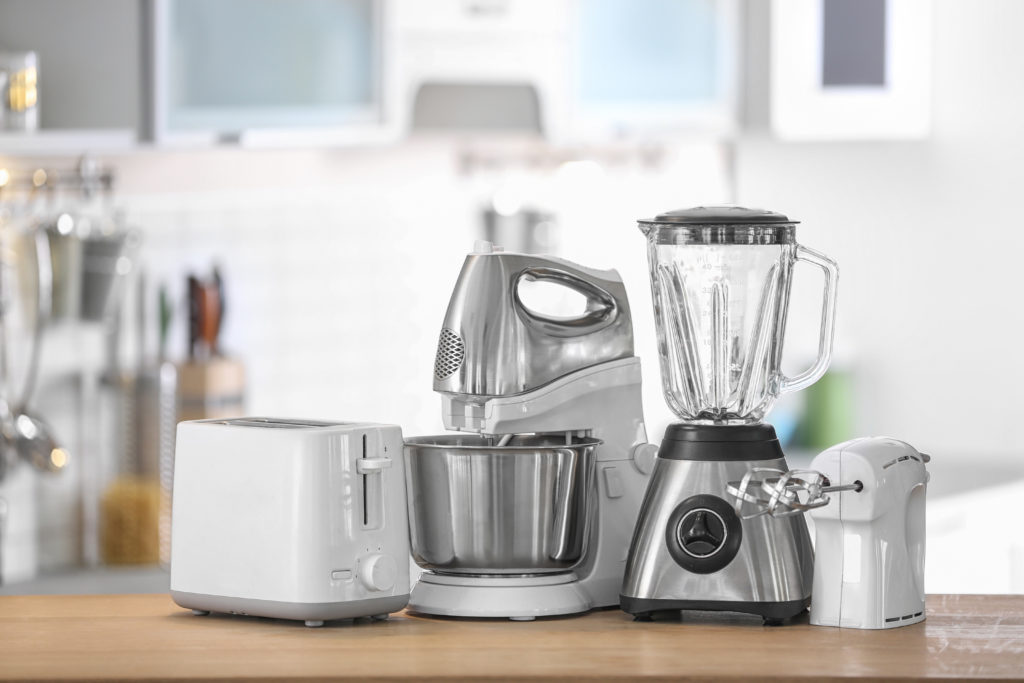
Keep these kitchen safety tips in mind when creating memories in the kitchen, and your child is sure to build great habits to use when making their favorite Kids Are Great Cooks recipes!
